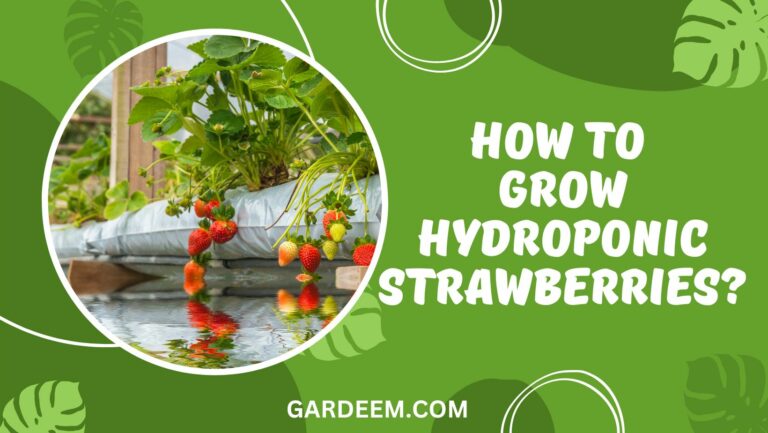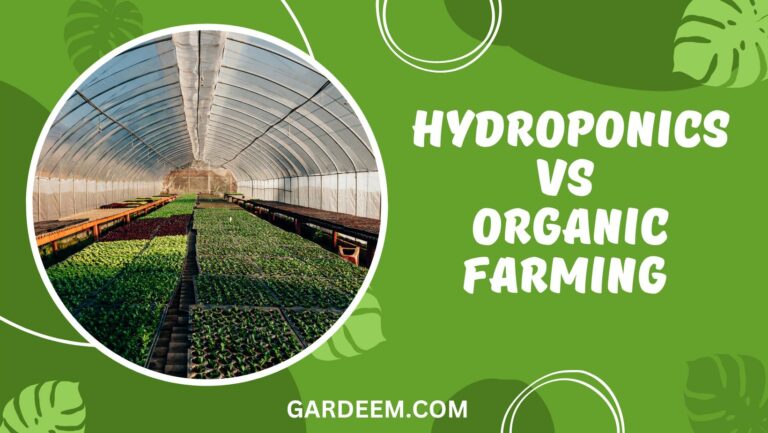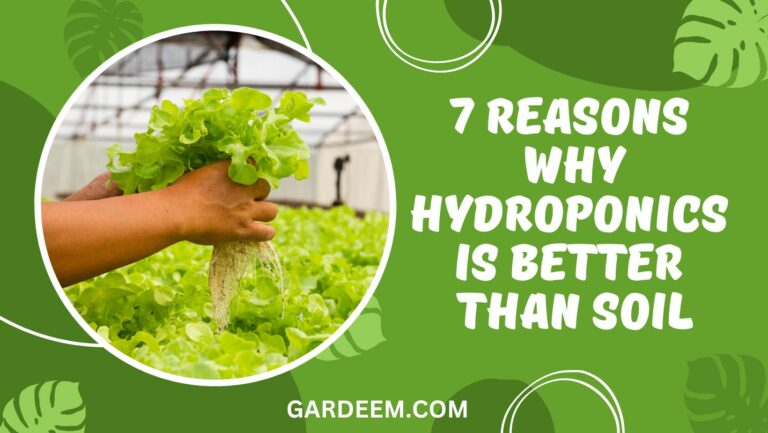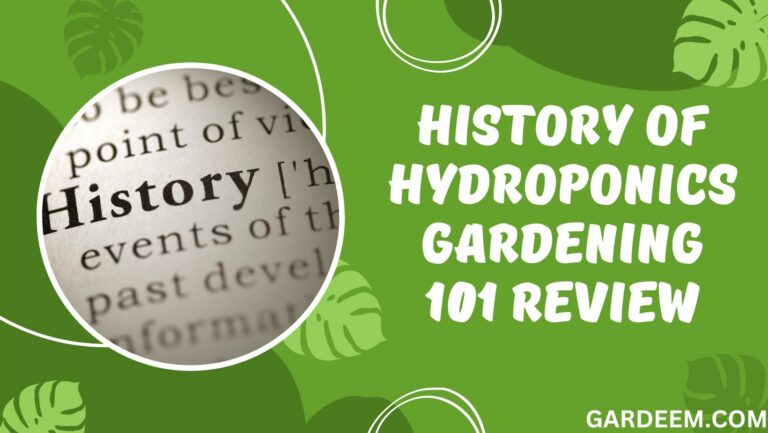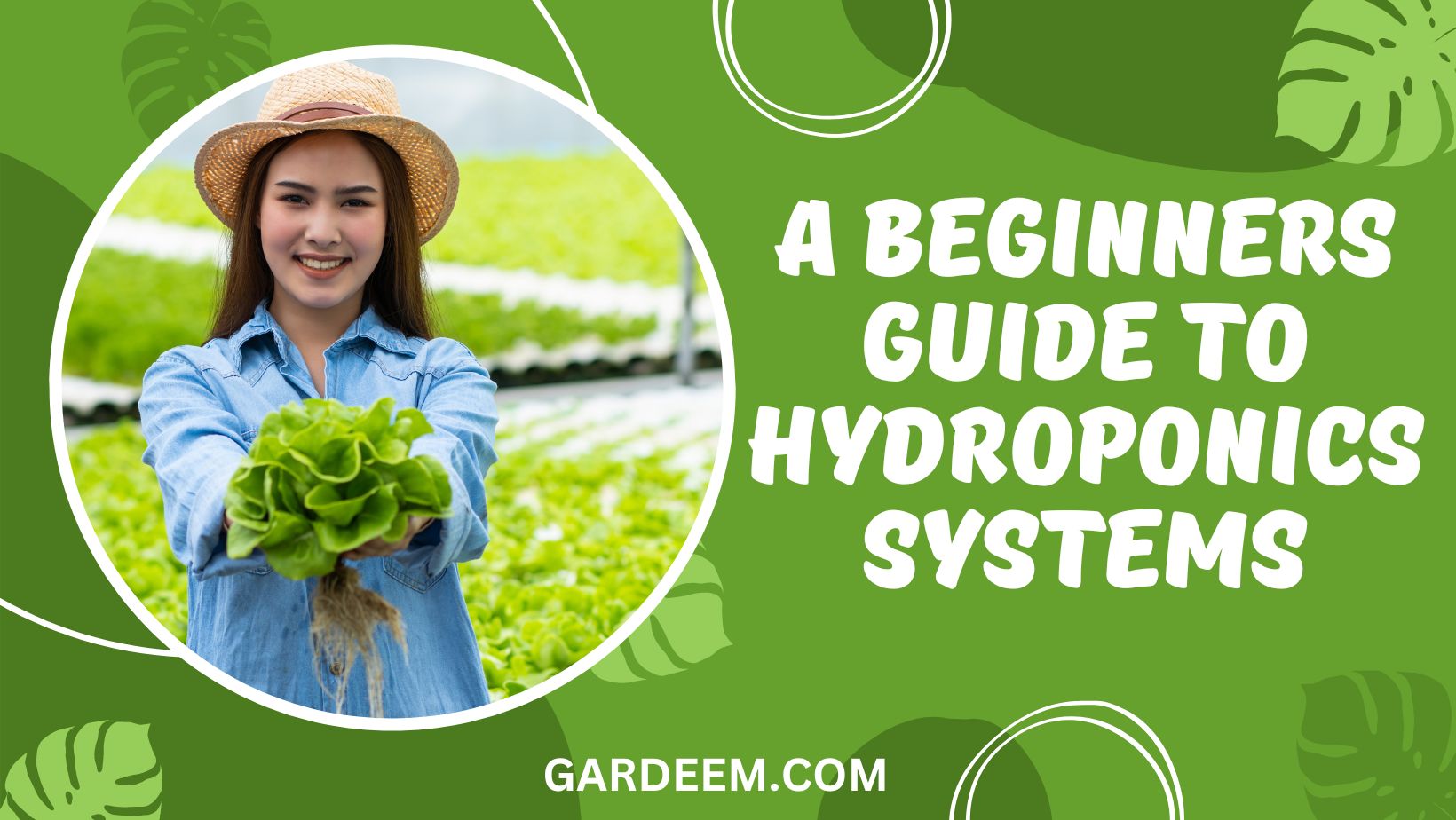
While hydroponic gardening might be the hot new grow system on the block, the origins date back thousands of years.Ever heard of the Hanging Gardens of Babylon? This Wonder of the Ancient World was one of the very first hydroponics systems ever used!In this post, we take a look at 4 of the most common hydroponic systems and discuss the pros and cons of each. Let’s get started
Our 4 Most Popular Hydroponics Systems
Before you start building your first system, it’s important to consider exactly which setup is right for you and your planned crops.With all of these systems, you’ll still need to keep an eye on pH level and nutrient levels so if you don’t already have a tester, make sure you check out our guide to the best pH meters for hydroponics and pick one up.
Wicking Systems
If the plants involved are small and electricity usage needs to be kept to the absolute minimum, we recommend a wicking hydroponic system. Herbs, lettuce, and other plants that don’t demand a lot of water do nicely in this system that works without a pump or a lot of tending.
What’s Needed for a Wicking System
There’s some relatively cheap basic items needed like a growing tray and/or mesh pots to hold the plants, a container to hold the nutrient solution, and support material like coconut fibre, vermiculite, rock wool, or perlite to keep the plants standing straight.
Central to this operation are wicks that can draw water upwards through capillary action. Possible materials include polyurethane braided yarn, nylon ropes, cotton ropes, propylene felt strips, fabric strips, or even mop head strands.
How Wicking Systems Work
With the plants placed in the growing tray or mesh pots along with the support material, the solution container sets just below so that the wicks can run a few inches between them to soak up the nutrient water and send it to the plant roots touching them.
The low amounts of liquid carried this way lets the roots get a fair amount of air, but pumping extra oxygen into the nutrient water can still help by adding more air while keeping the nutrients thoroughly blended in the water.
Deep Water Culture Systems
This system allows medium-sized plants like cucumbers or peppers to be easily grown in a fairly simple setup that uses items such as a large container, individual mesh or slotted pots for the plants, support material like perlite, rock wool, or expanded clay pellets, and a sheet of styrofoam with holes cut in it to hold the pots.
The final piece of this system is an air pump that forces oxygen into the nutrient solution to supply plant roots with air while also keeping the water from getting stagnant and keeping the nutrients evenly mixed throughout the liquid.
How Deep Water Culture Systems Work
Here, only a single tank is needed that holds both the plants and the nutrient solution. The styrofoam sheet is placed atop the water with the mesh cups holding the plants inserted through openings in it so that their roots sit down in the water. The air pump constantly blows oxygen into the solution so that the plants get air to their roots along with the nutrients to help prevent rotting.
Nutrient Film Technique Systems
The key to this method is a specially designed container for the plants that sits on an angle and features a series of grooves running along the bottom that carries the nutrient solution down to a drain at the lower container end. Built for fast-growing plants with relatively short lifespans, the Nutrient Film Technique system also uses a water pump (see our top choices here, a tank for the nutrient solution, and mesh pots to hold the plants.
Putting Nutrient Film Technique Systems to Work
Starting with the nutrient liquid holding tank, we suggest an optional air pump that can be used to drive air into the liquid while keeping nutrients evenly mixed, but a water pump is definitely needed to send water up to the higher end of the plant container.
With the plant container angled and the individual slotted pots held just above its bottom, the liquid flows down through the bottom grooves where the roots can access it. The unused portion of the liquid then reaches the lower end where a drain lets it drop back into the holding tank.
Ebb and Flow / Flood and Drain Systems
Similar to the Nutrient Film Technique System, the Ebb and Flow method use two containers. Along with one used for holding the nutrient solution, a second one is filled with support material like perlite or vermiculite to hold the plants directly. This system also relies on a water pump and a timer, but because of the method involved, we don’t think an air pump is needed at all.
How Ebb and Flow Systems Work
This setup is great for relatively big vegetables like tomatoes or zucchini and begins with the plant container suspended over the nutrient water tank. With the water pump controlled by the timer, the nutrient liquid is pumped to the plant container at regular periods where it covers the roots.
After the roots have received enough nutrient water, the pump shuts off and the water passes back into the nutrient holding tank through a small drain while the plants enjoy a drying period where their roots are exposed to air before the cycle repeats.
The Bottom Line
So there you have it, hopefully, you’ve now got a much better understanding of how these 4 common hydroponics systems work and how you can use them in your setup.

Hi, I’m Miles, the lead team member behind Gardeem.com. Besides being a passionate grower and writer, I’m a husband, father and grandfather to three! I started Gardeem in 2017 to provide simple and reliable gardening advice to everyone, regardless of their ability levels.

